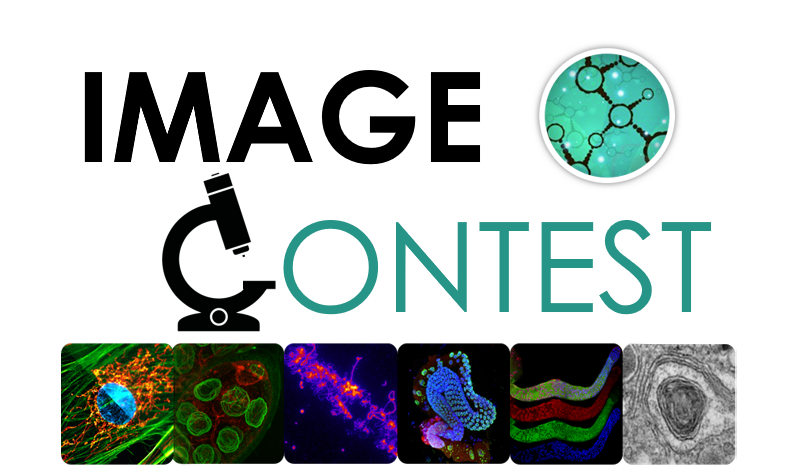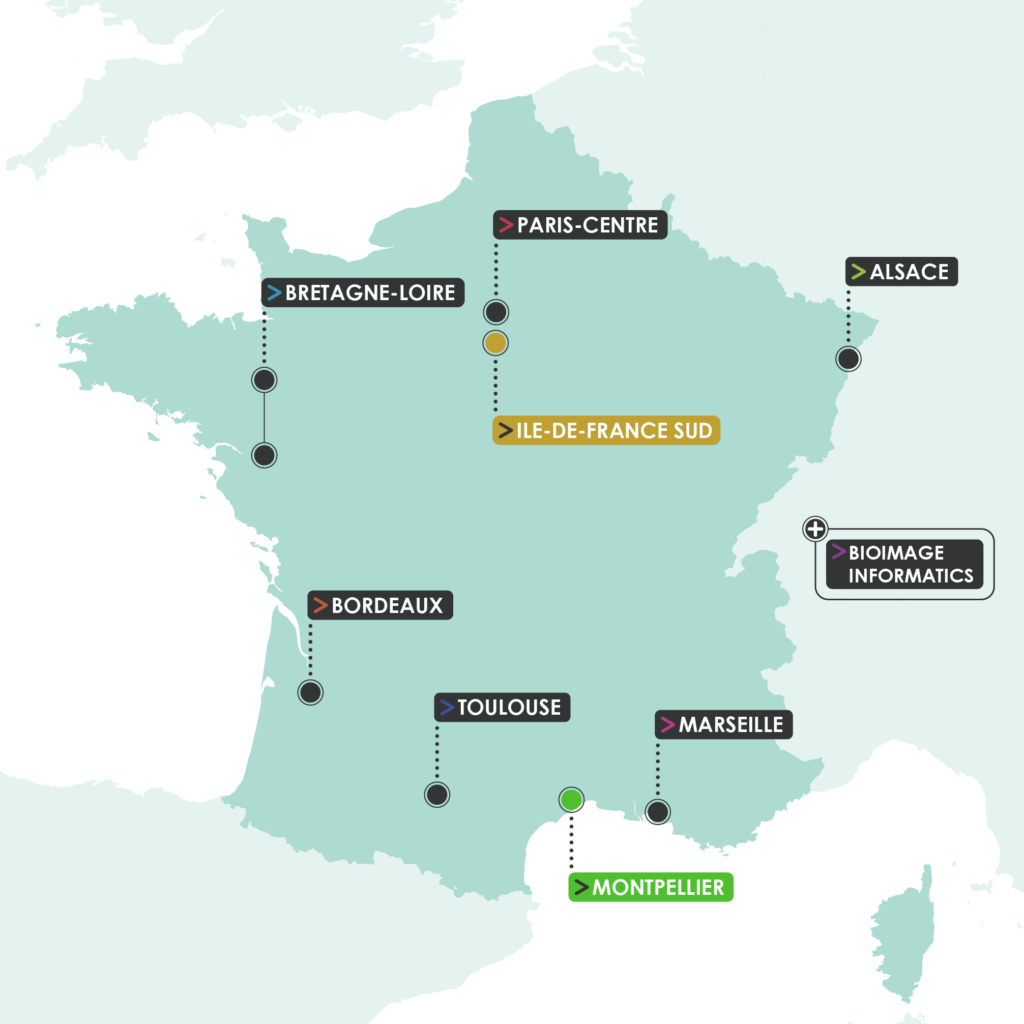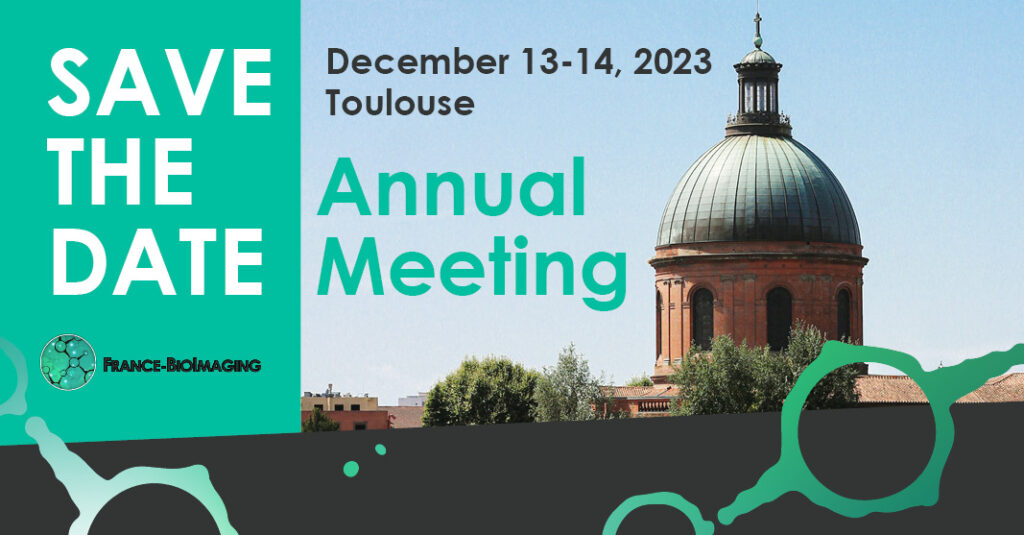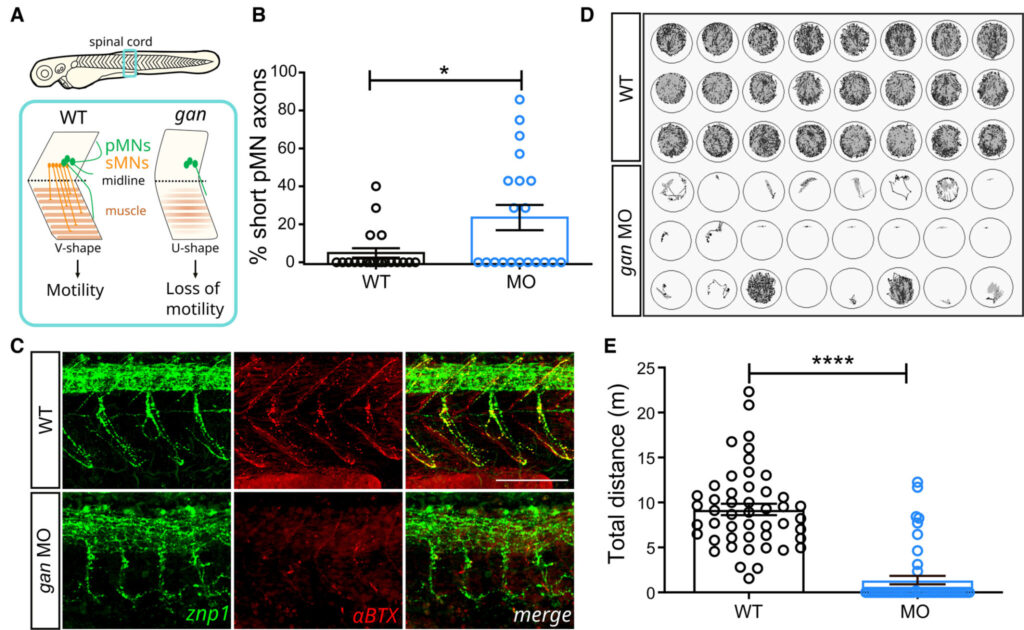Following the final decision of France-BioImaging Institutional Committee on February 27th, 2024, we are delighted to announce that two new nodes are joining France-BioImaging: the Normandie Node and the Rhône-Alpes Node.
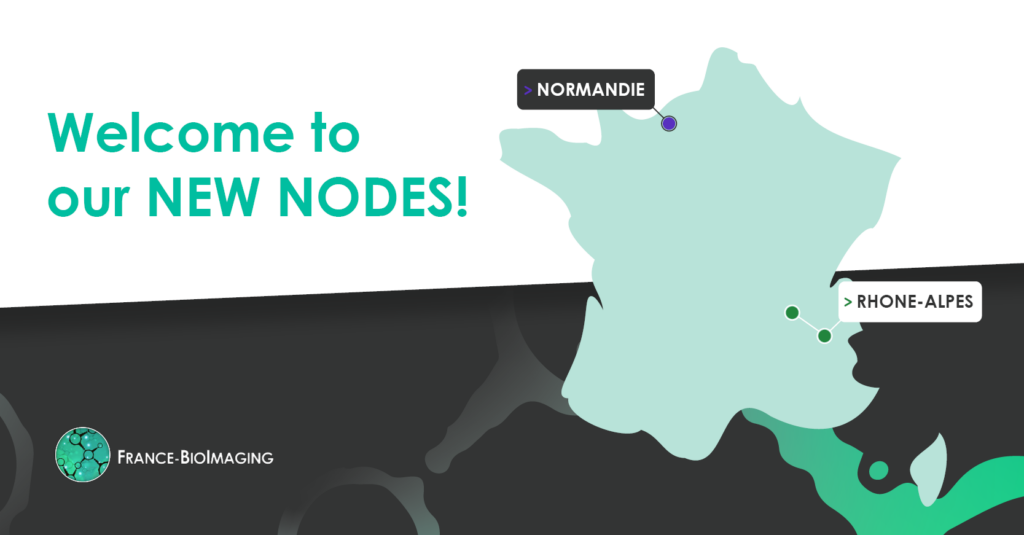
The new Normandie Node is composed of one imaging facilities: PRIMACEN. The node has also six highly visible R&D teams (from COBRA, IRIB, Cyceron, GlycoMEV and SCALE) expert in microscopy techniques and tools.
Mainly located in Rouen and distributed to Caen and Le Havre, the Normandie node is offering high level technical and innovative methodological expertise in multi-scale imaging at the interface between biology, chemistry, optics and physics, from the atom to the small animal/plant.
The Normandie Node has expertise in vascular sciences, microalgal biosciences and intercellular communication. Moreover, they are in a strong collaboration with the International master program in cell imaging where students are intensively trained on PRIMACEN equipment and have the opportunity to go abroad thanks to a cooperation with Finland.
The node provides cutting-edge technologies and methodologies, with among others:
- STED, FLIM and combination of STED-FLIM for fixed and living cells to study in particular cell-to-cell connections such as Tunneling NanoTubes (TNTs) in PC12, HBEC, H28, MCF-7 cells.
- Complementary heart advanced light imaging including confocal micro- and macroscopy, light-sheet microscopy and image analysis to study microvascular and lymphatic dysfunction.
- New multimodal probes to study vascular brain diseases: reporter fusion proteins to track tPA, biodegradable and ultrasensitive microprobes, contrast agent that is targeted to adhesion molecules such as p-selectin, V-CAM1 (Vascular cell adhesion protein 1) and mucosal vascular addressin cell adhesion molecule 1 (MAdCAM-1).
- Advanced light microscopy and TEM imaging to study microalgae as a cell factory including morphotypes characterization, subcellular localization of molecular actors involved in the N-glycosylation pathway (GDP-Fucose transporter, Fucosyltransferase and GnT I located in the Golgi apparatus).
- New organic fluorophores and new chemobiology tools: 3-Benzoylquinoxalinone, Fluorophore-assisted click chemistry through copper(I) complexation, Epicocconone-hemicyanine hybrids and Indazole merocyanines.
The new Rhône-Alpes node is composed of two core facilities: LyMIC in Lyon and ISDV in Grenoble. Gathered into one entity, LyMIC consists of three core facilities providing advanced photonic, atomic force and advanced electron microscopies. ISDV comprises five photonic microscopy facilities and three electron microscopy experts. Moreover, six R&D teams complete the node and supports the facility (from ILM, LiPHY, IAB, ENS-Lyon and GIN).
The Rhône-Alpes node aims to maintain the level of scientific excellence in response to the needs of users and the concerns of host laboratories. Four scientific axes are conducted: imaging, quantifying and controlling cell metabolism; biomechanics from molecules to tissues; spatial transcriptomic; and 3D multiscale imaging.
The node provides cutting-edge technologies and methodologies, with among others:
- The project Confobright (Adaptive Optics for Quantitative Confocal Microscopy-AOQCM) has been designed to correct for optical aberrations, making deeper, better resolved and more sensitive confocal and multiphoton imaging in optically heterogeneous tissues.
- The project Quantifret is a new calibration and analysis method allowing for quantitative FRET imaging in living cells with a simple fluorescence microscope, giving absolute FRET values, independent of the instrument or the expression level, and usable confidently by non-specialists.
- Eternity buffer, launched as Everspark by Idylle in 2021 is distributed worldwide (20 countries) to more than 100 researchers (80% abroad including 20% in the States). It represents a major breakthrough in the field due to its long lasting life (several weeks against 2 hours for classical GLOX).
- FluoRef calibration beads, renamed SpheroRuler by Idylle, is under ß-testing program until the end of January. These 1 µm beads are coated with a fluorophore emitting in the far red channel suitable to blink in dSTORM buffer for calibration imaging on 2D and 3D super-resolution microscopes.
- An integrated service of methods to measure forces and elastic properties in plants and insect models (through coupling of AFM and confocal imaging).
- The pipe-line for analysis of deep 3D EM data (FIB-SEM +/- Cryofixation) with the easily accessible integration of multiple aspects of segmentation, training of dedicated IA network and export of characteristic quantitative parameters.
Welcome to the FBI Normandie Node and the FBI Rhône-Alpes Node!

